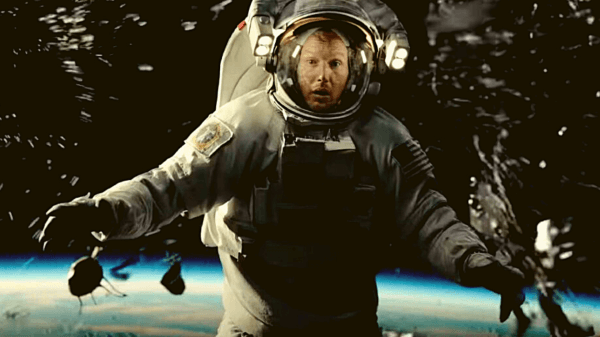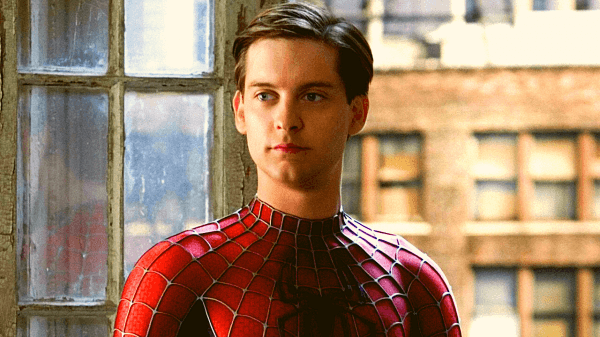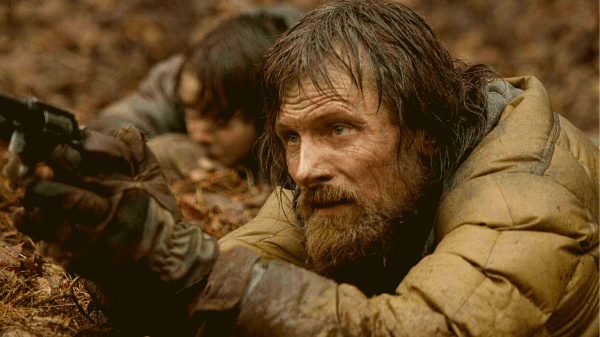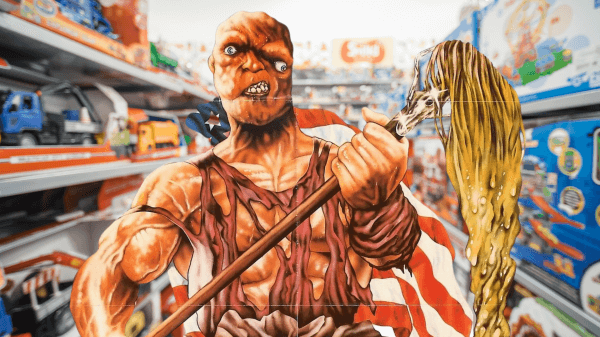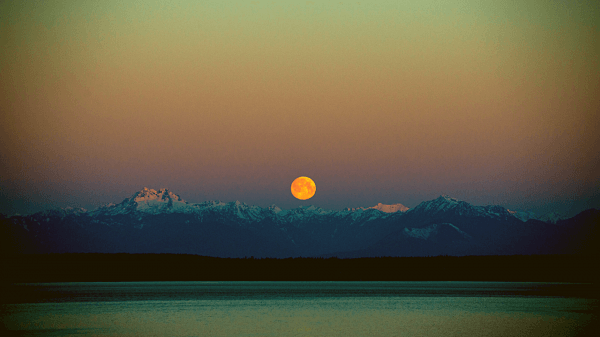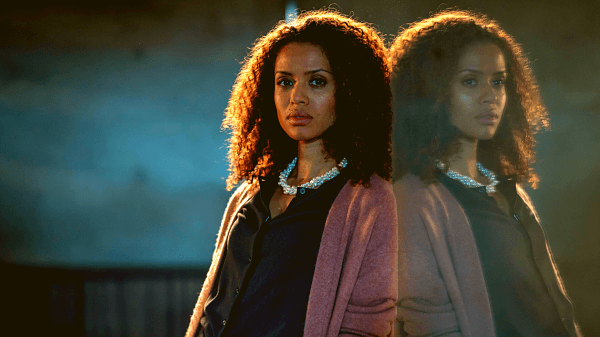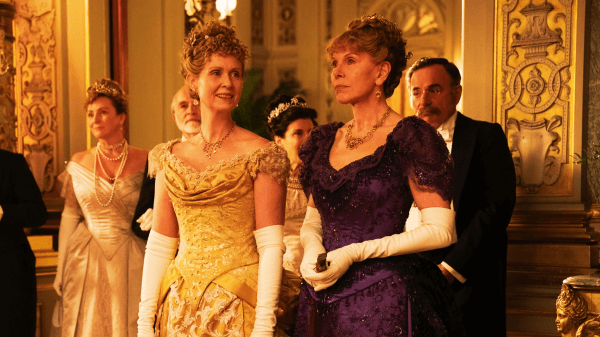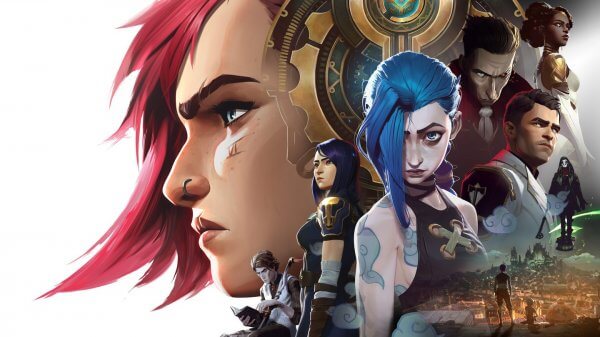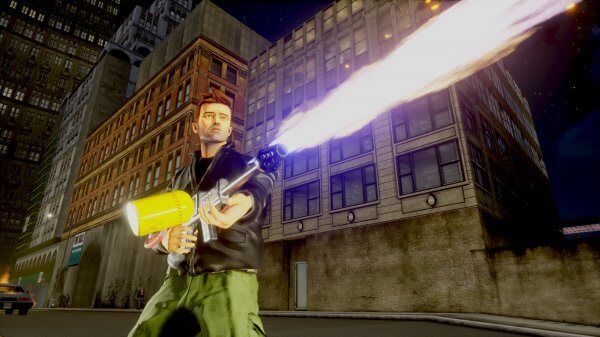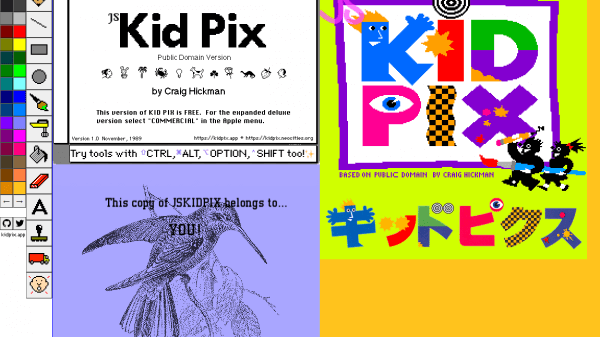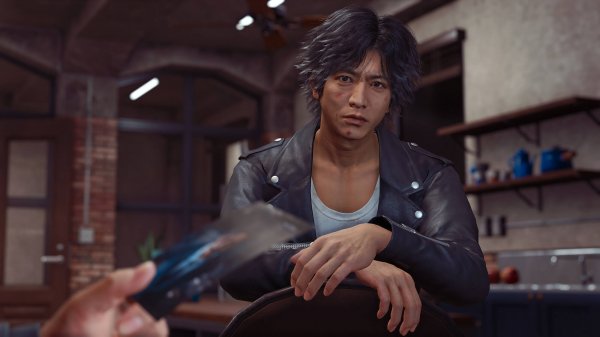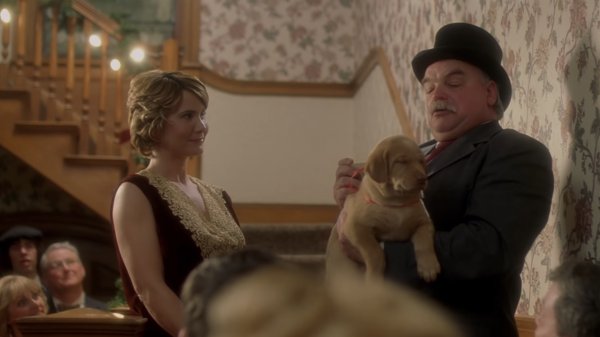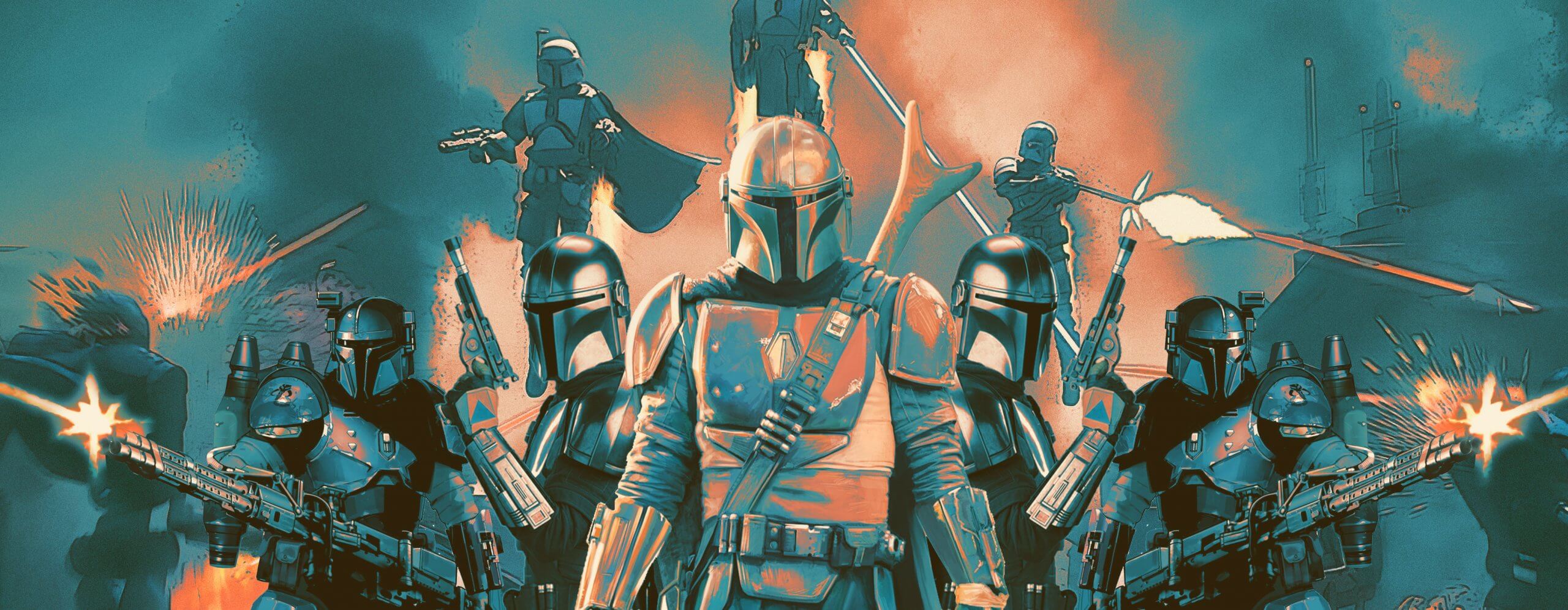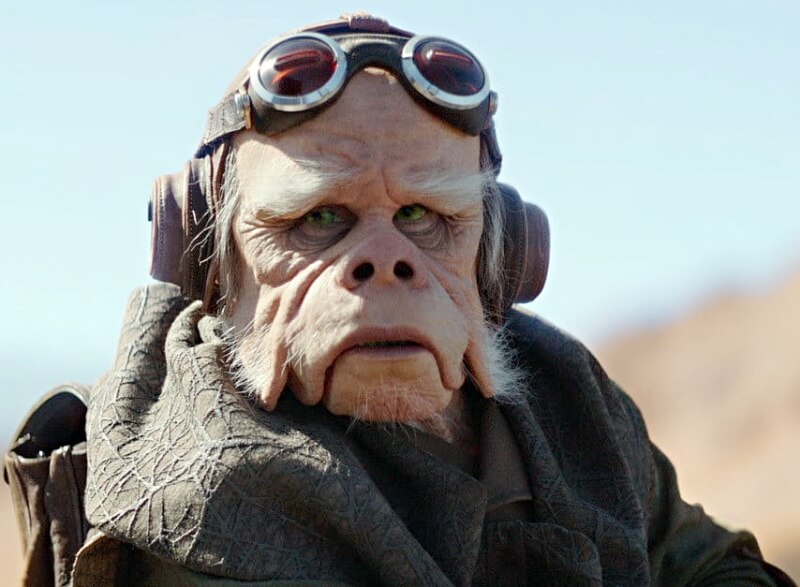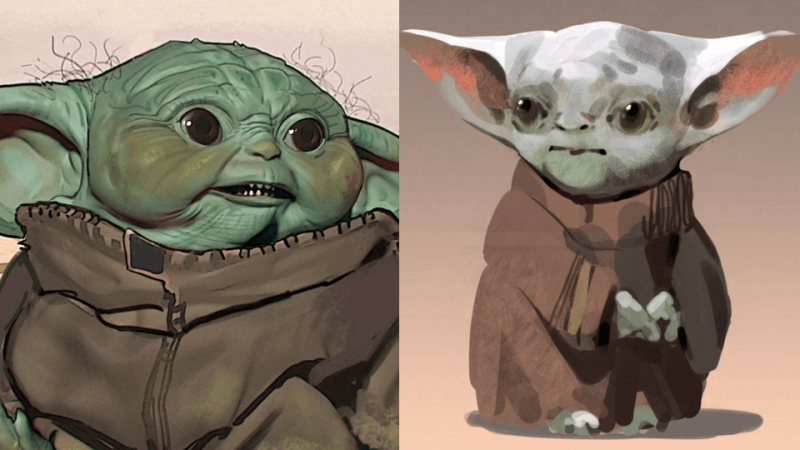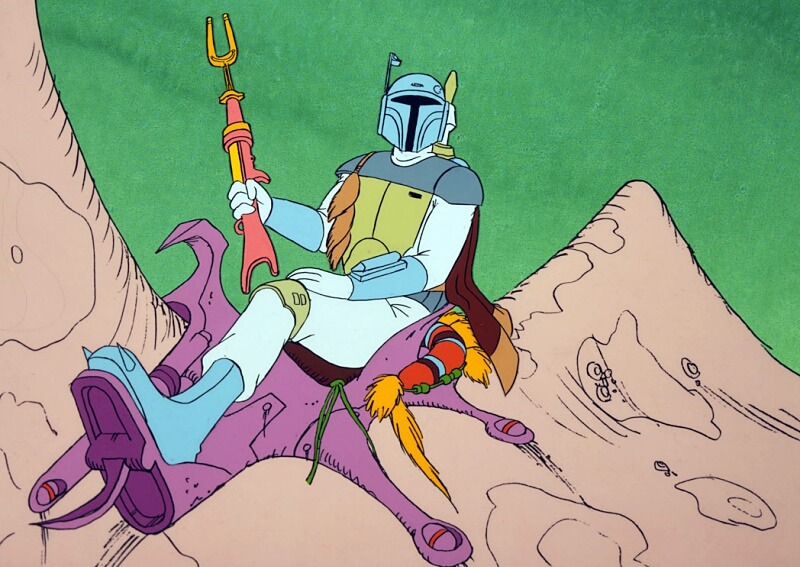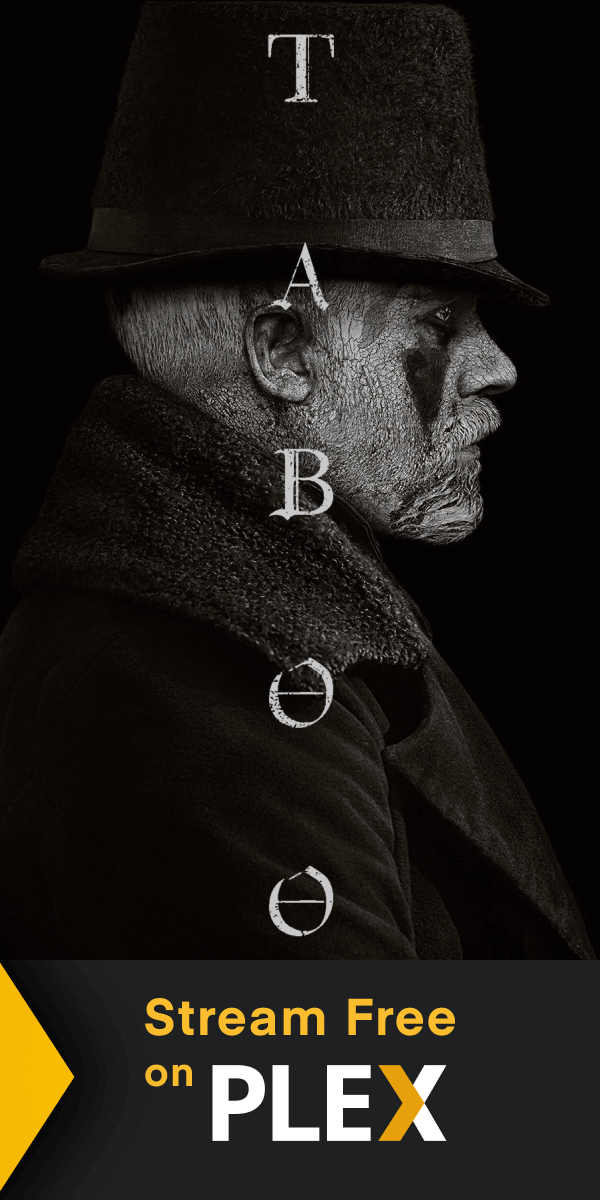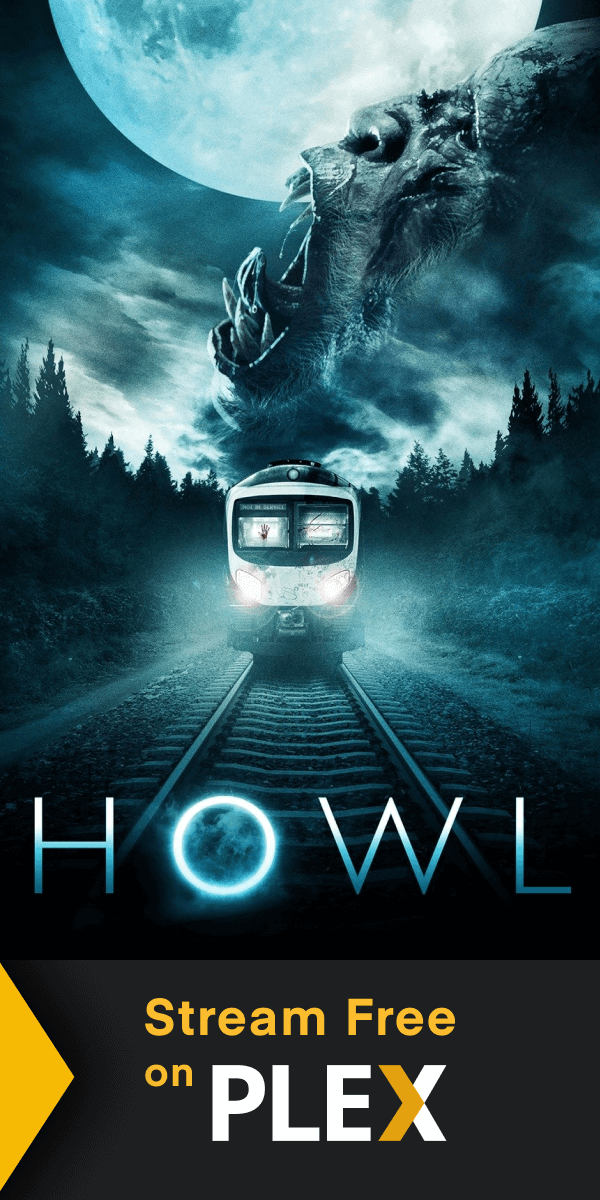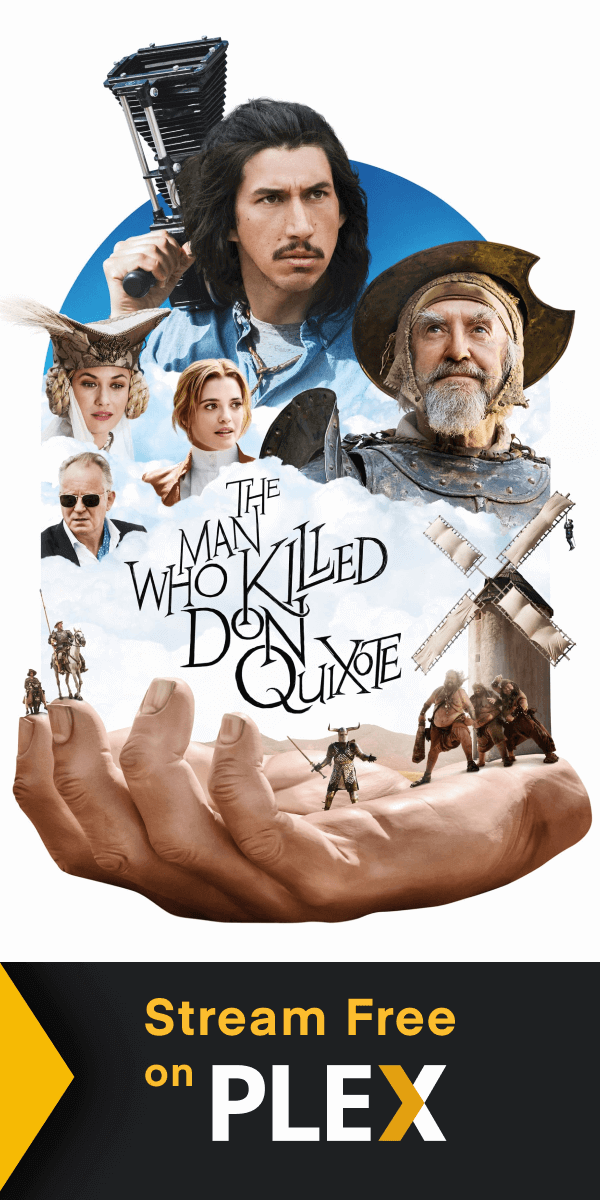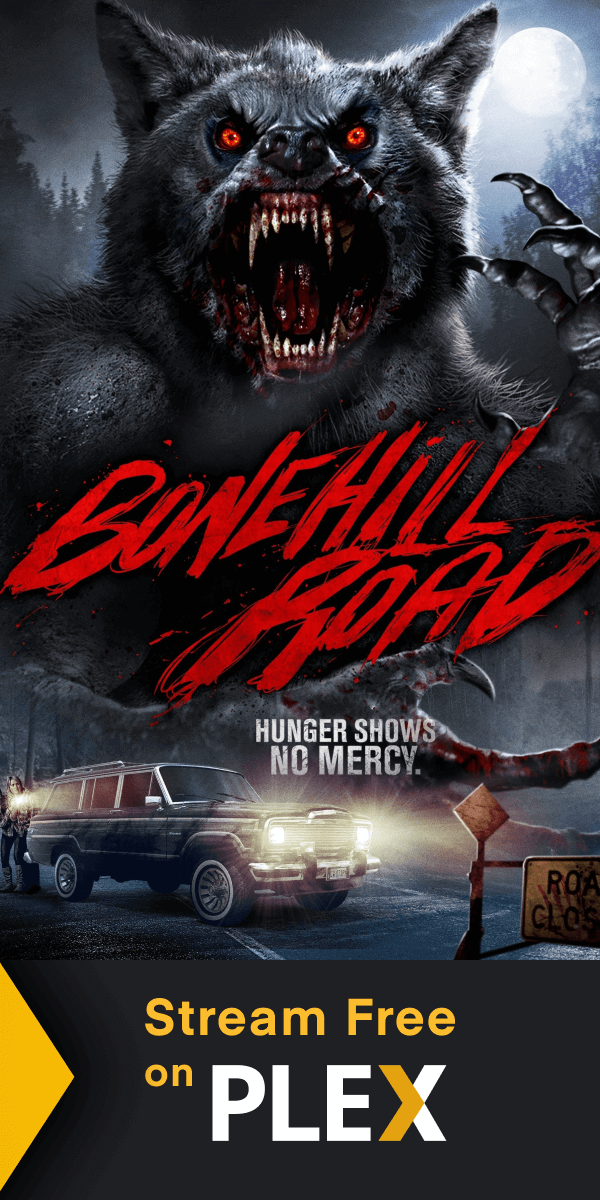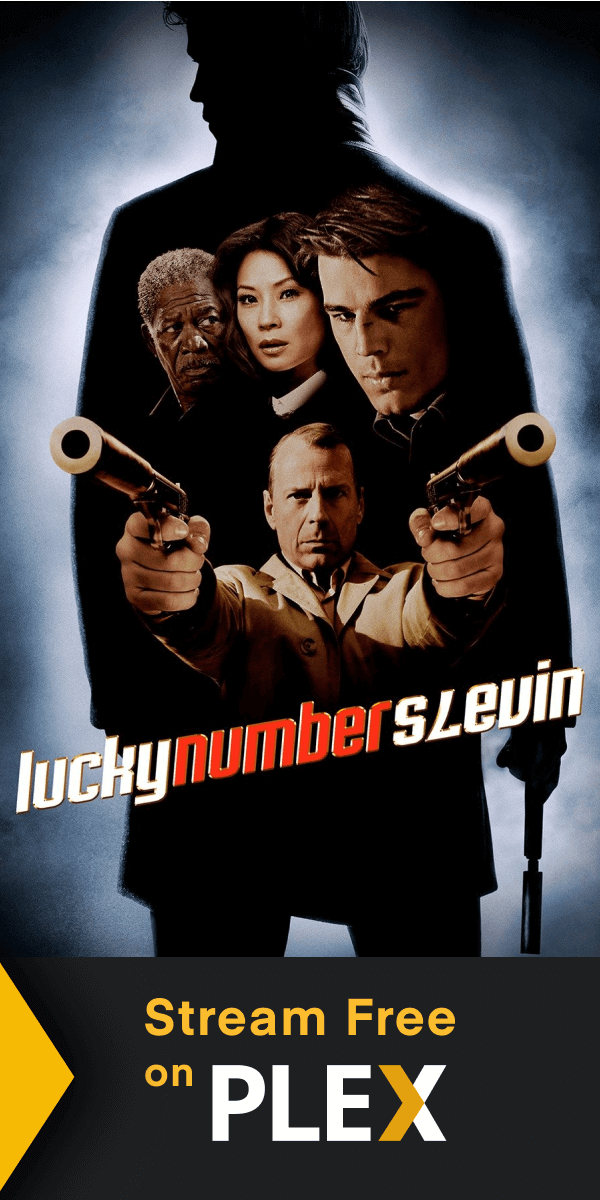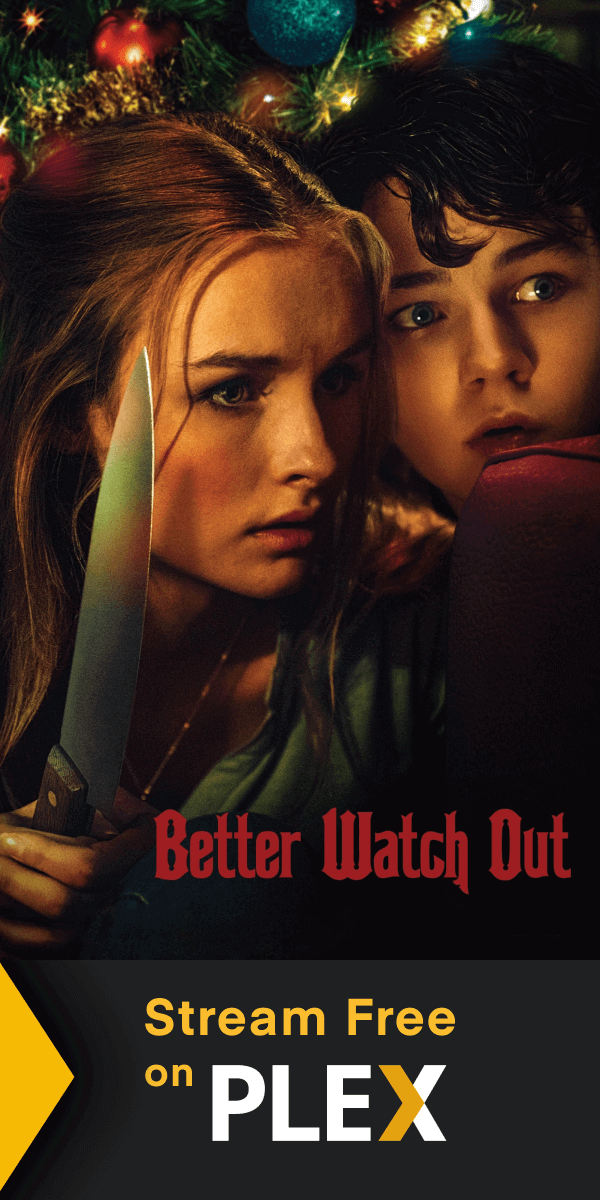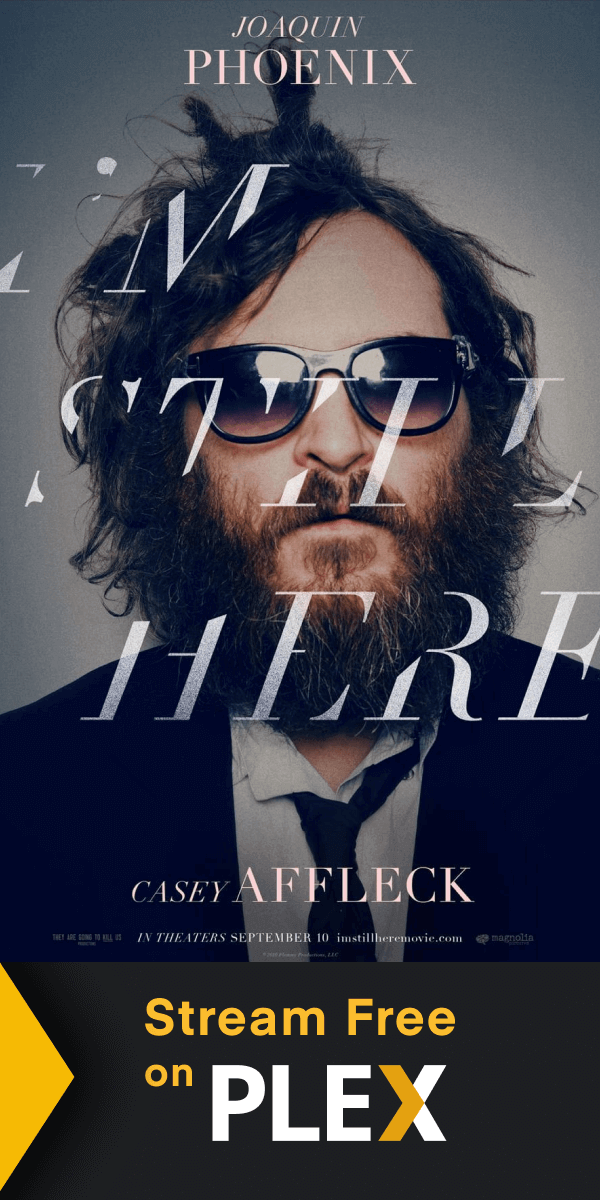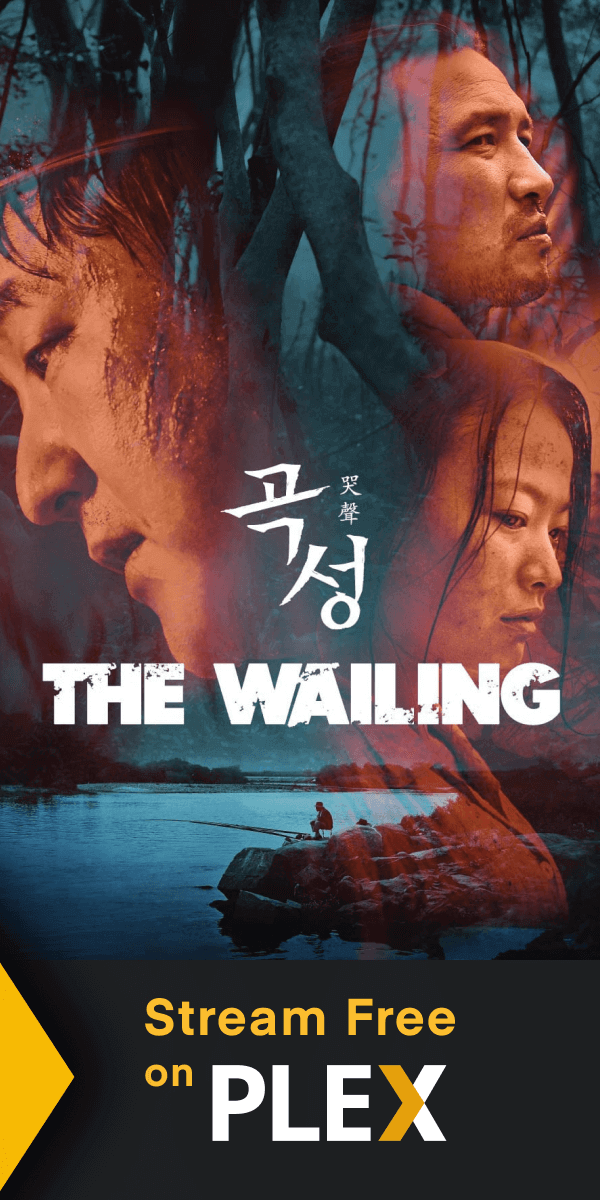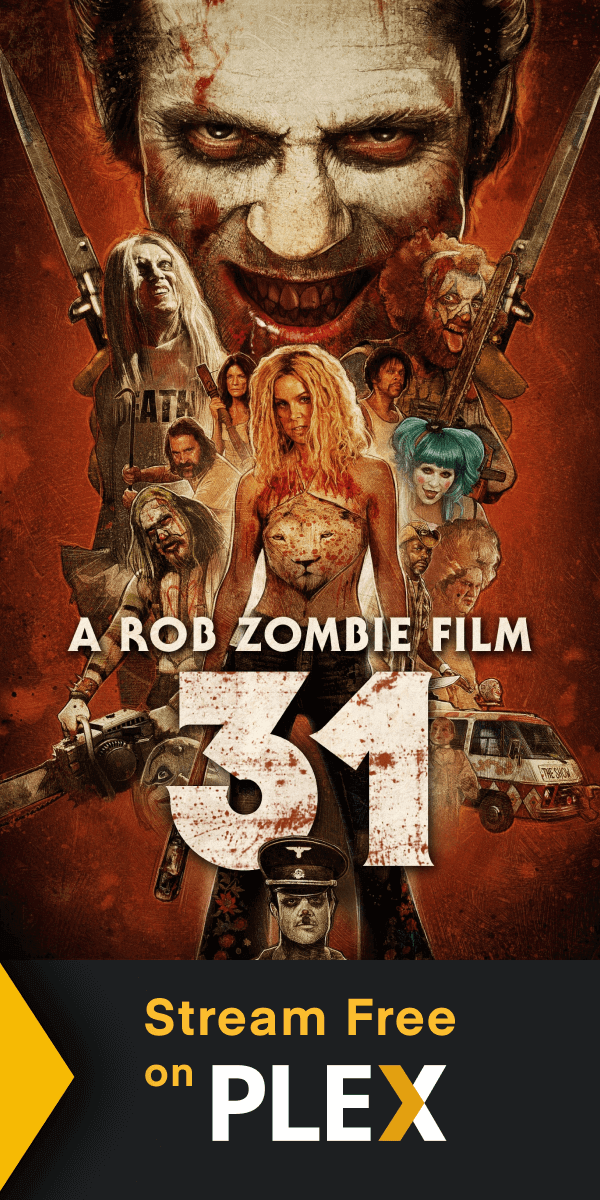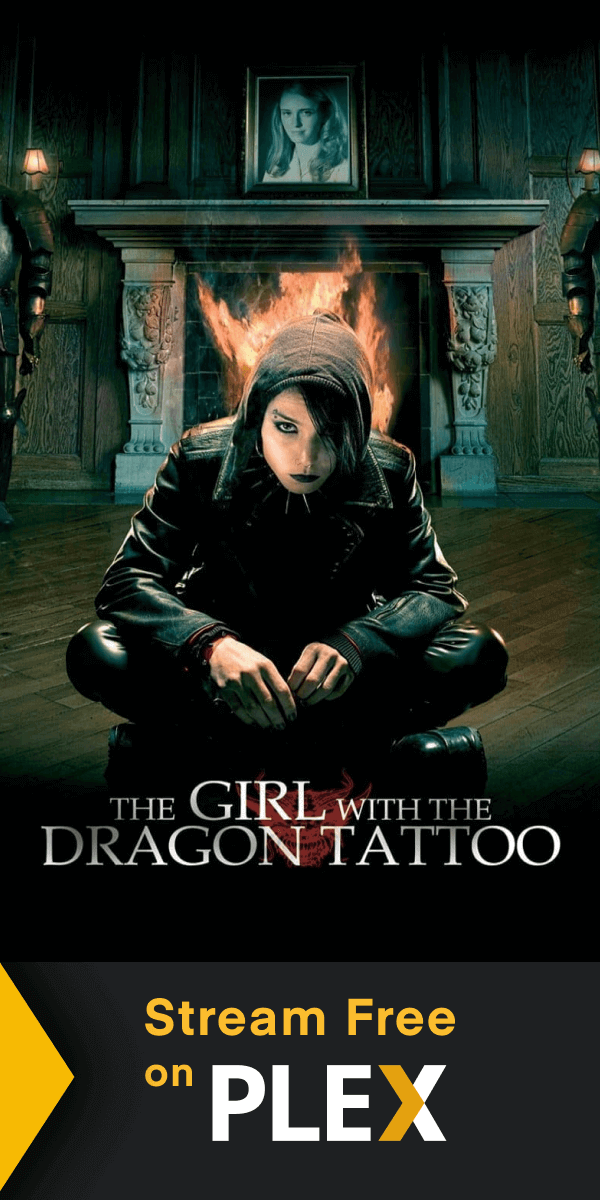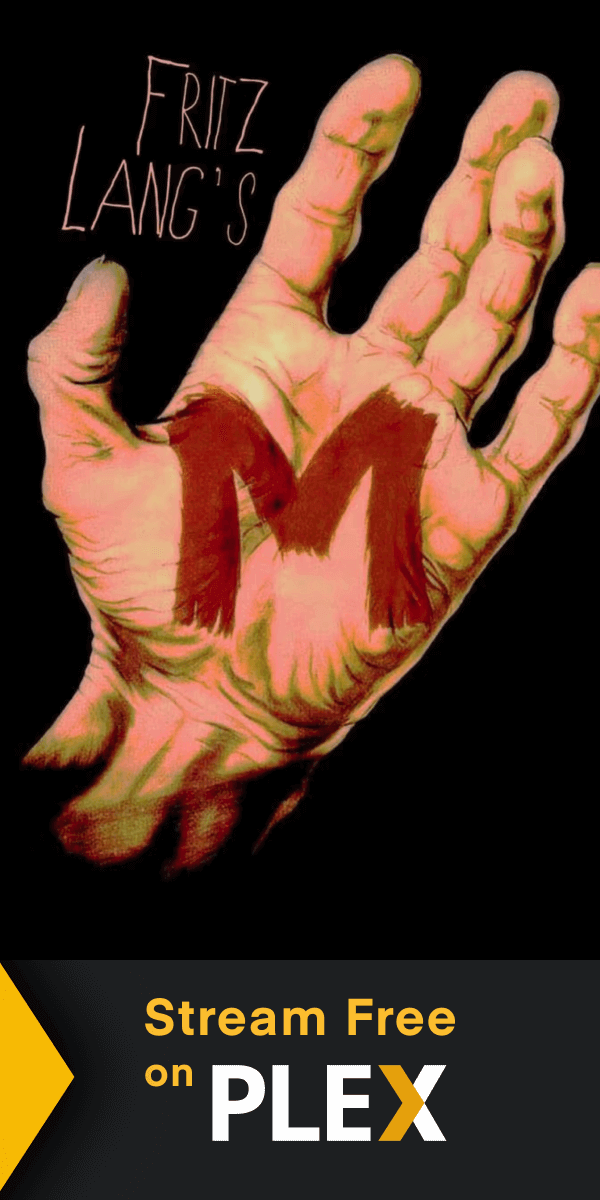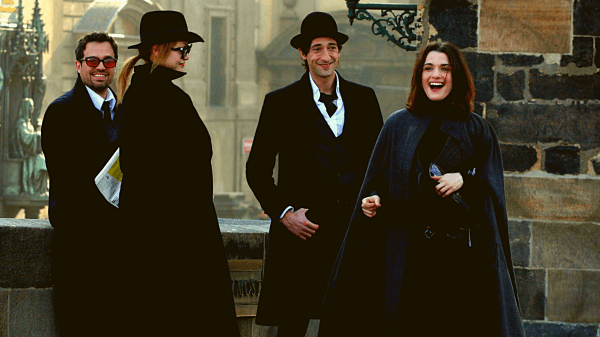***Spoiler Warning: If you’re not caught up with The Mandalorian through Season 2, you may encounter spoilers ahead. ***
Long ago and far, far away (before Disney+ was even a twinkle in Iger’s eye), there were rumblings about a trio of one-off Star Wars films about a) Obi-Wan Kenobi, b) Boba Fett and the Bounty Hunters, and c) a nondescript, woman-directed love story for the “young adult” fans. While still we languish waiting for Deborah Chow’s Ewan McGregor vehicle (now an upcoming Disney+ series titled Pilgrim and costarring Hayden Christensen as Darth Vader, set to begin filming March 2021), the focus on Fett was wisely transferred to our now-beloved Din Djarin, The Mandalorian.
Pedro Pascal is the Mandalorian…
Pedro Pascal, aka Game of Thrones’ enthusiastic-if-short-sighted (heh) hero Oberyn Martell, was deemed by director/creator/showrunner Jon Favreau to have the necessary movie star skills to bring the titular character to life despite being entirely hidden by armor and a helmet. At their first meeting, the actor believed he was playing Boba Fett until Favreau clarified Pascal’s role as an entirely separate bounty hunter. “I wanted to meet Jon Favreau. I didn’t care what he wanted me to do…I noticed the Mandalorian, a Boba Fett-looking character, immediately. I thought to myself, ‘Oh, it’s amazing that they are finally gonna get into this character.’ Jon talked about the story, visuals, and tone. I thought it was amazing and finally asked, ‘Well, who am I?’ I’m pointing to different characters, creatures, and aliens in the concept art, and John just looked at me and said ‘You’re the Mandalorian.'”
Or is he?
Often lauded for his über emotive skills, Pascal continues to receive accolades for his ability to convey feelings even with his face entirely hidden by Mando’s Beskar helmet, but is it always him under the armor? Turns out that during most of Season 1, John Wayne’s grandson Brendan Wayne wore the Mandalorian suit, while Pascal (carrying a heavy workload between doing King Lear on Broadway and filming Wonder Woman 1984) performed all the voicework. Wayne and Pascal share suit duty more during Season 2, along with stunt double Lateef Crowder, who Pascal called “our Capoeira, jujitsu warrior who can basically do anything.”
Other characters are a team effort, too
Similarly, the beloved short-lived Ugnaught known as Kuiil was played onscreen (motion capture) by Misty Rosas, and voiced by Nick Nolte.
EV-9D9 aka 9D9, a droid who first appeared in 1983’s Return of the Jedi working as a supervisor at Jabba the Hut’s palace returned to Star Wars via The Mandalorian’s Chapter 5 “The Gunslinger,” voiced by none other than Mark Hamill. The droid was originally created as a marionette and voiced by director Richard Marquand.
Everyone’s favorite character
The Child, aka Baby Yoda, aka Grogu, was conceived as a doodle by writer/director/executive producer Dave Filoni (for whom Jon Favreau had voiced a Mandalorian character in The Clone Wars). The two discussed Favreau’s series idea for a post-Return of the Jedi space western on steroids, including a new member of OG Yoda’s species just starting his journey. The Child was deliberately kept secret–excluded from initial merchandise and marketing, akin to Beyonce’s highly successful unannounced music drops, a suggestion made by Donald Glover.
The next John Williams?
Speaking of Glover and interesting connections, the actor/musician also made a key suggestion or two about Black Panther to director Ryan Coogler–who in turn (and along with Glover) highly recommended Swedish composer Ludwig Göransson to Favreau. Favreau wanted the series’ music to capture the essence of John Williams’ epic Star Wars film scores while also creating something new. Göransson chose to try something “completely different,” and started with “the loneliness of a single flute. The base recorder became the sound of the Mandalorian…” He then added in a cinematic orchestra, “which makes it feel like Star Wars.”
The Weathers connection
Carl Weathers, who plays leader of the Bounty Hunters Guild Greef Karga, is well-known for his role in the Rocky franchise as heavyweight champion Apollo Creed. That character’s son is the focus of Coogler’s 2015 film, Creed (featuring archival footage of Weathers).
Weathers wasn’t supposed to be in the full series; “Carl was in episode one and then got knocked off in episode three. He was going to be in full prosthetics as a different alien race, and then we switched it up…and after he did it–it was a favor–I said, ‘Just come in and do this one.’ He said ‘Fine. I don’t really act much anymore, but fine.’ So Carl’s supposed to come in, he’s gonna be in 101 and then 103, he gets shot, he’s out.” Favreau explained that when “superstar” Weathers came in, they’d done drawings of Carl with makeup on and then they told him, “We can’t cover you up.” Weathers responded, “I figured.”
In the episode “Chapter 12: The Siege,” a man in jeans and a t-shirt appeared on camera during a battle scene. It’s easy to see why Weathers, the episode’s director, didn’t catch it: At the time he was on camera himself.

Boba Fett
Din Djarin’s fantastic weapon (officially an Amban Phase-Pulse Blaster) is a callback to 1978’s animated The Star Wars Holiday Special; the “tuning fork” was then carried by fellow Mandalorian Boba Fett in that character’s first-ever appearance, the only one not voiced by The Empire Strikes Back’s Temuera Morrison.
In addition to his work in The Mandalorian, Morrison has played both Boba and his father Jango in two films (Empire/Attack of the Clones) and four video games (Star Wars: Battlefront/Battlefront II/Empire at War/Bounty Hunter), as well as voicing several other Star Wars video game characters. As announced during the Season 2 finale post-credits, Morrison will head up the upcoming spinoff series, The Book of Boba Fett, which will also feature Ming-Na’s ferocious Fennec Shand.
The Warrior
Unlike Fett who is a genetic clone of his father, Djarin is human, and like Pedro Pascal’s Game of Thrones’ “I will be your champion” character, the Red Viper, this Mandalorian lives by his code of honor, the Mandalorian creed. In both instances (and each with aliases,) Oberyn Martell and Din Djarin would fight to the death to defend and protect their beliefs; both fight with a staff-like weapon and each has performed captures and/or kills for pay (Second Sons/Bounty Hunter).
Speaking of Thrones, if your senses tingled during Chapter 15 “The Believer” when Mayfield recognized Imperial officer Valin Hess, that’s because you may have recognized Richard Brake, who also played The Night King in two of GoT’s most memorable episodes: “Hardhome” and “Oathkeeper.”
In the Season 1 finale, Chapter 8 “Redemption,” Mando’s helmet finally comes off to reveal Djarin’s heavily injured face. Pedro Pascal had been walking out of the makeup trailer with fake blood all over his face and because he was looking sideways, Pascal slammed that gorgeous face right into a piece of plywood. When he got to the hospital, emergency workers thought all his injuries were real. Meanwhile, when costar Gina Carano (who plays Cara Dune) arrived on set, she was impressed by what she thought was merely makeup. In actuality, Pascal had received seven stitches from his run-in with the wood plank and then returned to finish shooting.
The Volume
If you’ve wondered where The Mandalorian’s gorgeous scenery is, you may be surprised to learn there was no travel to another continent, nor did filming occur using green screens. Rather, a new combination of technologies Favreau and his team came up with while filming The Jungle Book creates the next best thing to an actual location shoot. “The Volume” is a giant 75-foot diameter circle with thousands of LED screens from floor to ceiling, onto which environments are projected. Content (background) is put up on the screens which can then be filmed so that everything in a scene is in-camera.
According to Dave Filoni, the sets seen are photographs of locations that have been digitally recreated and pasted together on very photorealistic geometry, with real textures from the photographs “to really trick you into thinking this is all real. What was really different in this project is that content was motion content from the camera so it had positional data from the camera, so you could have perspective and parallax [the effect whereby the position or direction of an object appears to differ when viewed from different positions] change as the camera moved, and so the content on the wall would change as the camera was changing. It’s like shooting in a real environment but gives the ability to shoot a 10- or 12-hour dawn.
The Mandalorian filming process uses game engine technology and creates a situation where everything is happening in real-time. Director Taika Waititi noted that sometimes he’d walk into The Volume and not realize where the screens were. Visual effects supervisor Richard Bluff said, “Even to the human eye, you’d get deceived; to the human eye it was believable.” Filoni recalled standing in the hangar, looking out at the stars and trying to guess what was real. The effects in The Volume were so real that a crewperson screamed “Fire!” after spotting smoke.
The actors all rave about working in The Volume
Giancarlo Esposito: “Now we have a room where there are things that you can see–where I can climb up on top of my TIE fighter and see the horizon. It’s interactive. I can now feel the power of that sun coming up. There could be nothing else in the room, and now you can put a set in there with gravel and dirt and a spaceship. So I have something concrete and physical to look at and feel and touch. Wow, what a difference.”
Carl Weathers: “There’s nothing like being in a lava tunnel. Actually, it’s so disorienting because usually as an actor, you’re standing there and you’re pretending. But here we are and you look at the wall, and literally, the wall is moving as you would be moving on the boat. And you look down the end of the tunnel and the tunnel is growing in size, the opening or the exit is growing. And you look behind you and the exit is shrinking and the lava is flowing and the ceiling is moving and so…I gotta tell you, I found it as liberating as anything I’ve ever worked on. Because as soon as you accepted it, you were in the environment. You didn’t have to pretend anymore. And now it was really about whatever context at the time you could immediately buy in. You didn’t have to create it in your mind. And also, when you think about it if you’ve got four of us in the boat and we’re going down the (tunnel)…your four people if you don’t actually see the same thing, have four different concepts of what is going on. So now we’re really a team in the boat. It’s like, you don’t have to guess man, this is what’s happening. So if somebody refers to something, it’s a buy-in immediately and a buy-in that you’re all in sync with. That to me was amazing.”
Bryce Dallas Howard revealed that more than 20 years ago, George Lucas said, “One day, we’re gonna be able to make these movies in our garage. And it will look just as real as traveling a zillion miles away.” Favreau: “He was a little bit ahead of what the technology could do.”
Willrow Hood and other callbacks
As explained by Dave Filoni (who got a Boba Fett action figure before the character ever appeared onscreen), “Our older brothers took all the cool toys and then we got left with like, Ugnaughts and Jawas and other peg-warmers, but somehow we got a Boba Fett figure, and then we painted him silver and made him cooler ’cause sometimes you make it your own.”
The (idea for) Incinerator Stormtrooper came from The Empire Strikes Back, the Death Troopers from Rogue One, and many items and creatures come from other movies. Jon Favreau explains: “I think the ice cream maker is the most specific…it was the camtono (security container), the thing he carried the Beskar around in. To me, it’s the deepest, deepest cut. This is based on Willrow Hood’s famous ice cream maker. Because there’s a bunch of people at Celebration that dress up as a character that they’ve named Willrow Hood, and it’s somebody who’s running in the background at Cloud City as everything’s going crazy, running with a prop that…Clearly he was a deep background character. So it’s just an off the shelf ice cream maker. It’s a bucket with a little motorized thing on it that you plug in to make ice cream. And this thing has become such a focus of the fans that they have people who dress up and find that ice cream maker so that they can go to Celebration in the jumpsuit…It’s so sought after. It’s hard to find the ice cream maker. At Celebration, they have The Running of the Willrow Hoods. There’s an action figure.”
IG-11 was in the background of a scene in Empire and didn’t move; for The Mandalorian, it was turned into an assassin robot. One of the background aliens, a Quaren called “Squid Head” (in The Clone Wars they hate Ackbar’s Mon Calamari) was first seen at Jabba’s palace in Return of the Jedi. The Blurrgs are from the Ewoks’ Battle for Endor and the Ugnaughts are from Cloud City in The Empire Strikes Back. Originally, Favreau had the idea that Ugnaughts didn’t speak English, they snorted like pigs, and they conversed (using subtitles) with the Jawas. The Kenner Transport wasn’t based on anything from the movies–it was a toy. AT-STs are from Return of the Jedi; a chicken walker (two-legged) in The Empire Strikes Back got upgraded in Return of the Jedi. The Ferryman alien was from A New Hope.
If you’re unaware of where the Darksaber came from…Jon Favreau voiced a Mandalorian named Pre Vizla in The Clone Wars. The Darksaber was stolen from the Jedi Temple by his ancestors during the fall of the Old Republic.
Back to Tatooine
In Episode 105’s return to Tatooine, every detail inside Mos Eisley Cantina was duplicated with a little bit less than half the set built and the rest on The Volume screens. R5-D4 appears, painted with the busted restraining bolt and where his motivator got shot in A New Hope. A TIE fighter appeared in landing position, with its landing gear out, which according to Favreau, hasn’t ever been shown before. The wings were added in CG, folded based on Doug Chiang’s drawing, a design created years ago that was never used.
Directors are fans too
Waititi’s favorite moment, his first onset, was walking around a corner to see 60 stormtroopers standing in the courtyard. Waititi said he walked past them trembling. The director instantly got out his phone out and took photos–“No one’s gonna see these. Stormtroopers! Oh my god, so amazing.”
“The world’s largest fan-based costuming group,” the 501st Legion, provided The Mandalorian’s Stormtroopers. None of the group, which mainly attends charity events for children, knew what they were doing until they stepped onset. After shooting, they were all given picture souvenirs.
Directors Filoni, Deborah Chow, Rick Famuyiwa, and VE supervisor John Knoll appear as X-Wing pilots.
Bonus
Yes, The Mandalorian Season 3 is coming (preproduction occurred in April 2020) after The Book of Boba Fett, which will premiere in December 2021.



